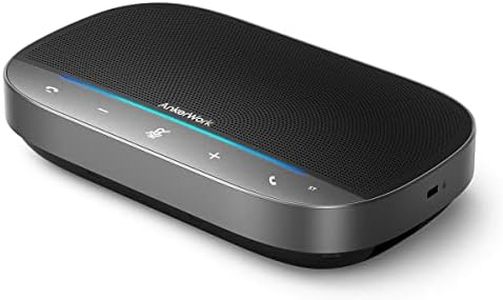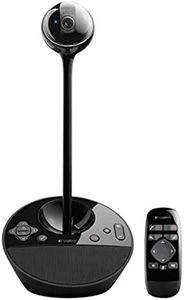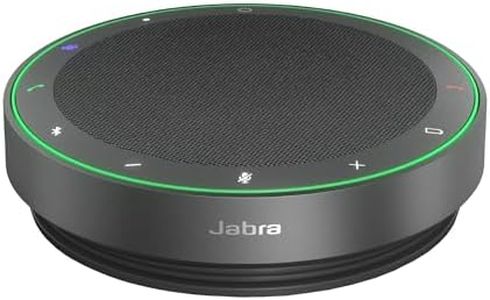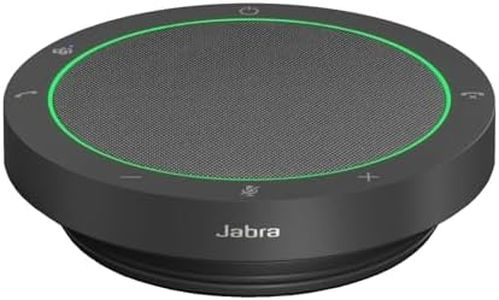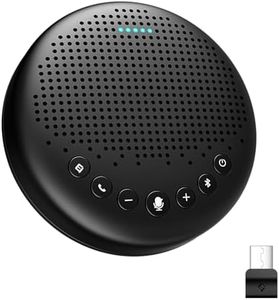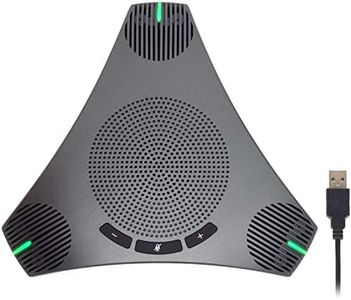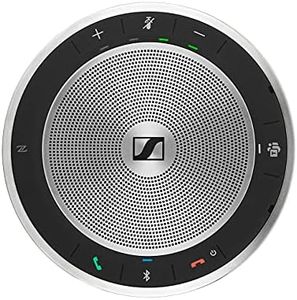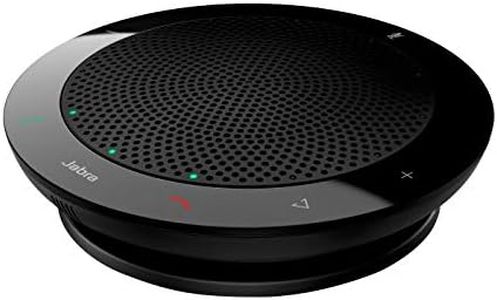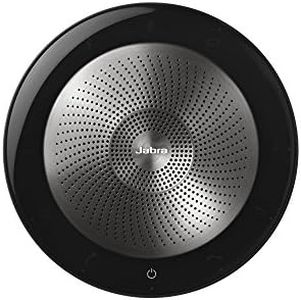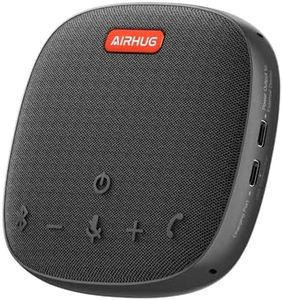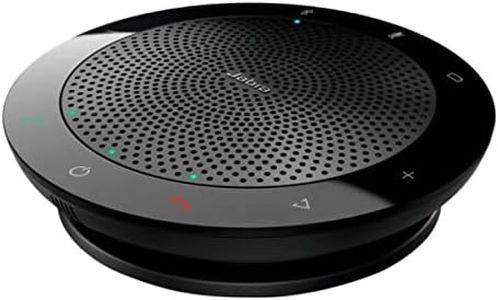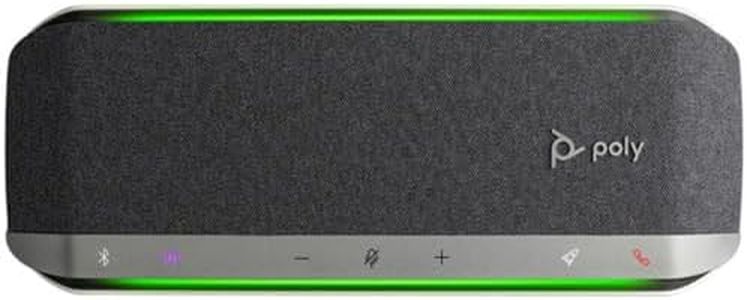We Use CookiesWe use cookies to enhance the security, performance,
functionality and for analytical and promotional activities. By continuing to browse this site you
are agreeing to our privacy policy
10 Best Conference Call Speaker
From leading brands and best sellers available on the web.Buying Guide for the Best Conference Call Speaker
Choosing a conference call speaker is all about ensuring everyone can hear clearly and be heard, whether you’re meeting with colleagues in the next room or clients around the world. The best speaker for you will depend on the size of your meeting space, the typical number of participants, connectivity needs, and the devices you’ll use. Focusing on what matters most for your environment will help you cut through the options and find the right fit.Audio QualityAudio quality refers to how well the speaker captures and plays back voices. Good audio quality means that voices sound clear, without distortion or tinny noises, which is especially important so nothing is missed during important discussions. Speakers designed for small rooms generally require basic audio clarity, while larger or noisier spaces benefit from richer, more powerful sound reproduction. To pick the right audio quality, consider how many people will be talking at once and whether your meeting space is quiet or has echo and background noise.
Microphone Pickup RangeThe microphone pickup range determines how far from the device someone can be and still be heard clearly. Devices with small pickup ranges (around 1-2 meters) are best for small huddle rooms or solo work. Medium ranges (2-4 meters) suit typical meeting rooms with 4-8 people, while wide pickup ranges (5 meters and more) are ideal for large boardrooms or group calls where participants are spread out. Think about the largest group you typically host when considering this spec.
Connectivity OptionsConference call speakers can connect via USB, Bluetooth, or dedicated phone lines. USB connections are reliable for direct link to laptops or desktops, providing consistent power and audio quality. Bluetooth allows for wireless use with phones, tablets, or computers—great for flexible setups or moving between rooms. Some models also support wired 3.5mm audio or even traditional phone lines. Choosing the right connectivity depends on your main devices: regular USB is great for dedicated meeting spaces, while Bluetooth suits multi-use rooms or frequent on-the-go meetings.
Battery LifeBattery life comes into play if you plan to use the speaker wirelessly. Shorter battery life (under 6 hours) works for quick, occasional meetings, while longer battery life (8–15 hours or more) is better for back-to-back calls, workshops, or all-day events. If you usually have access to power outlets, battery life may be less important. Think about your average meeting length and how often you’re away from power sources to decide what you need.
Echo and Noise CancellationEcho and noise cancellation ensure that unwanted background sounds and echoes don’t get in the way of your conversation. Basic models offer simple echo suppression, best for quiet spaces where distractions are minimal. Advanced levels filter out sudden noises and handle multiple voices, crucial for open-plan offices or noisy environments. If you meet in busy places or have a lot of simultaneous speakers, prioritizing better noise and echo features will keep calls clear and professional.
Portability and SizePortability refers to how easily you can move the speaker around or travel with it. Smaller and lighter speakers slip into a laptop bag and suit people who work from different locations or travel often. Larger, less portable units are designed to stay put in a meeting space and often provide stronger performance. Consider whether you need to carry the speaker regularly, or if it will mostly stay in one place.
